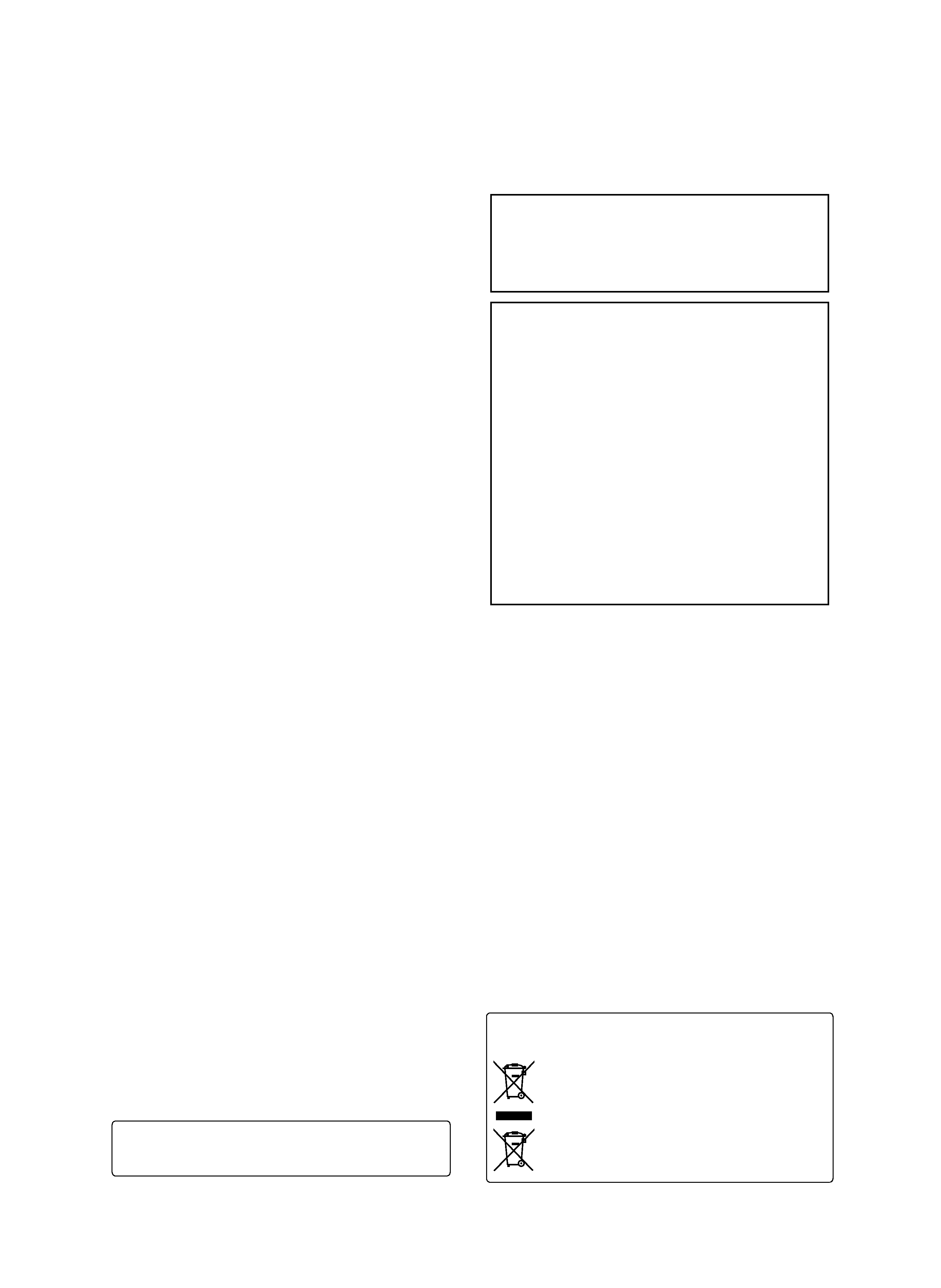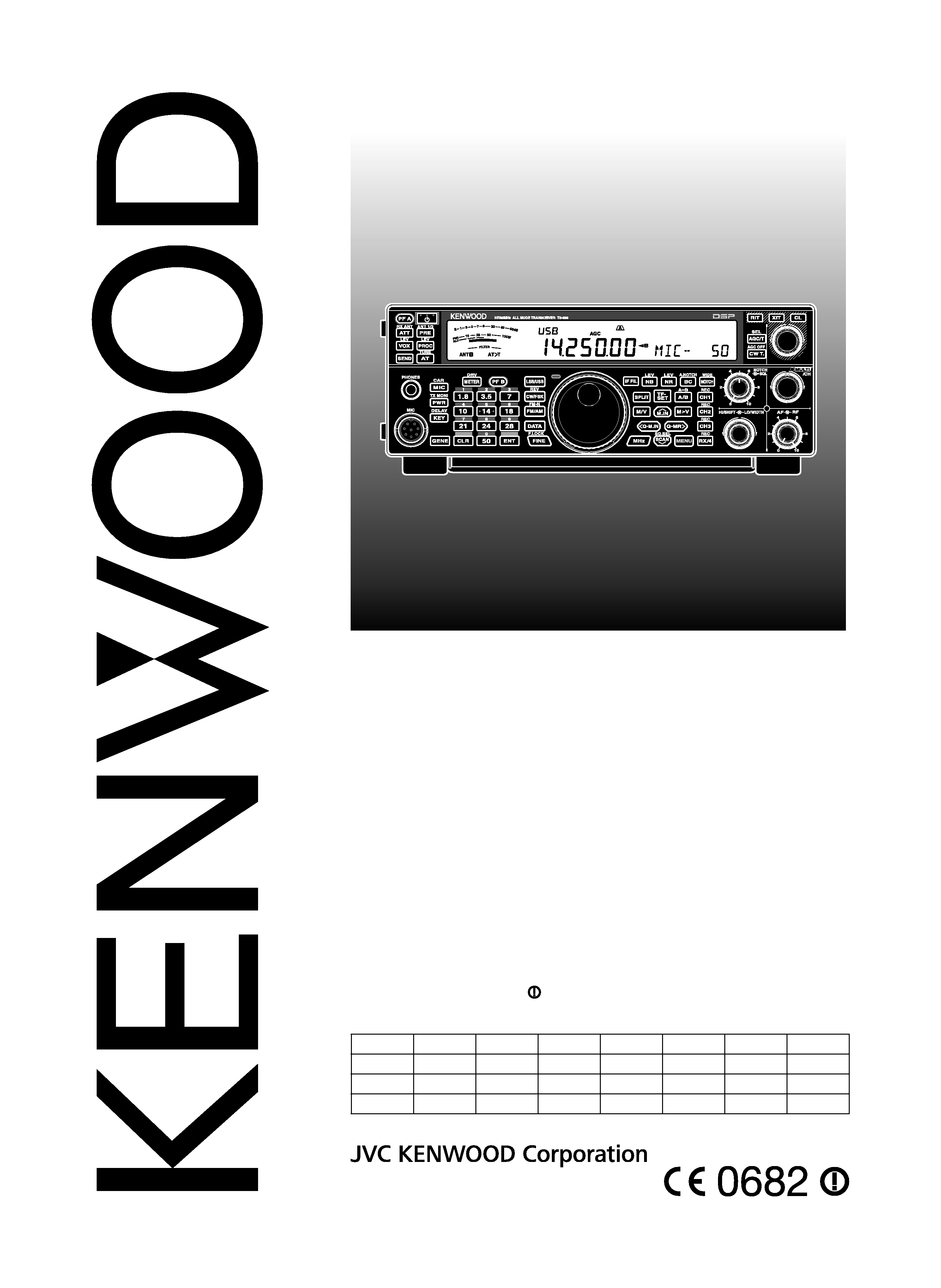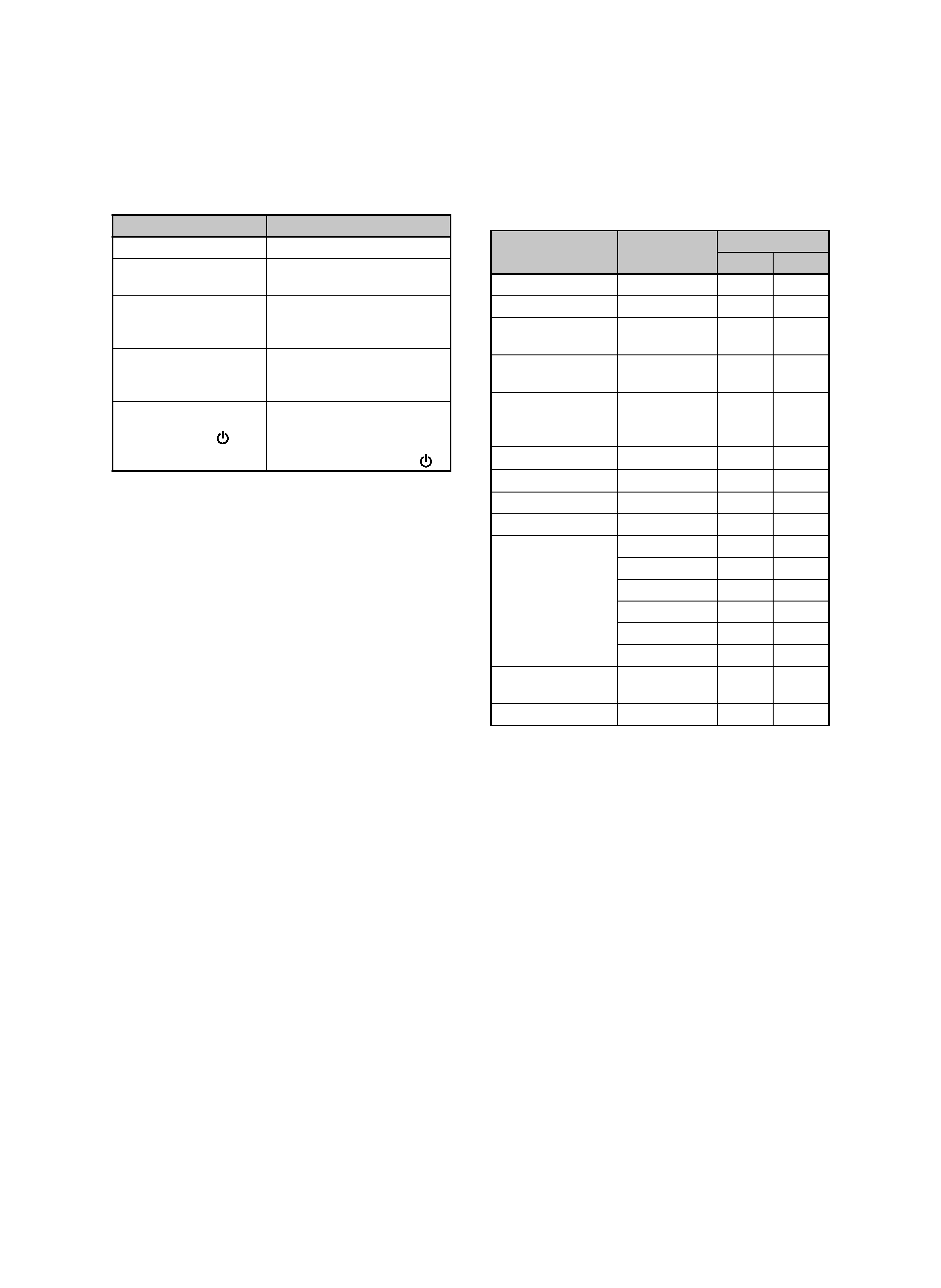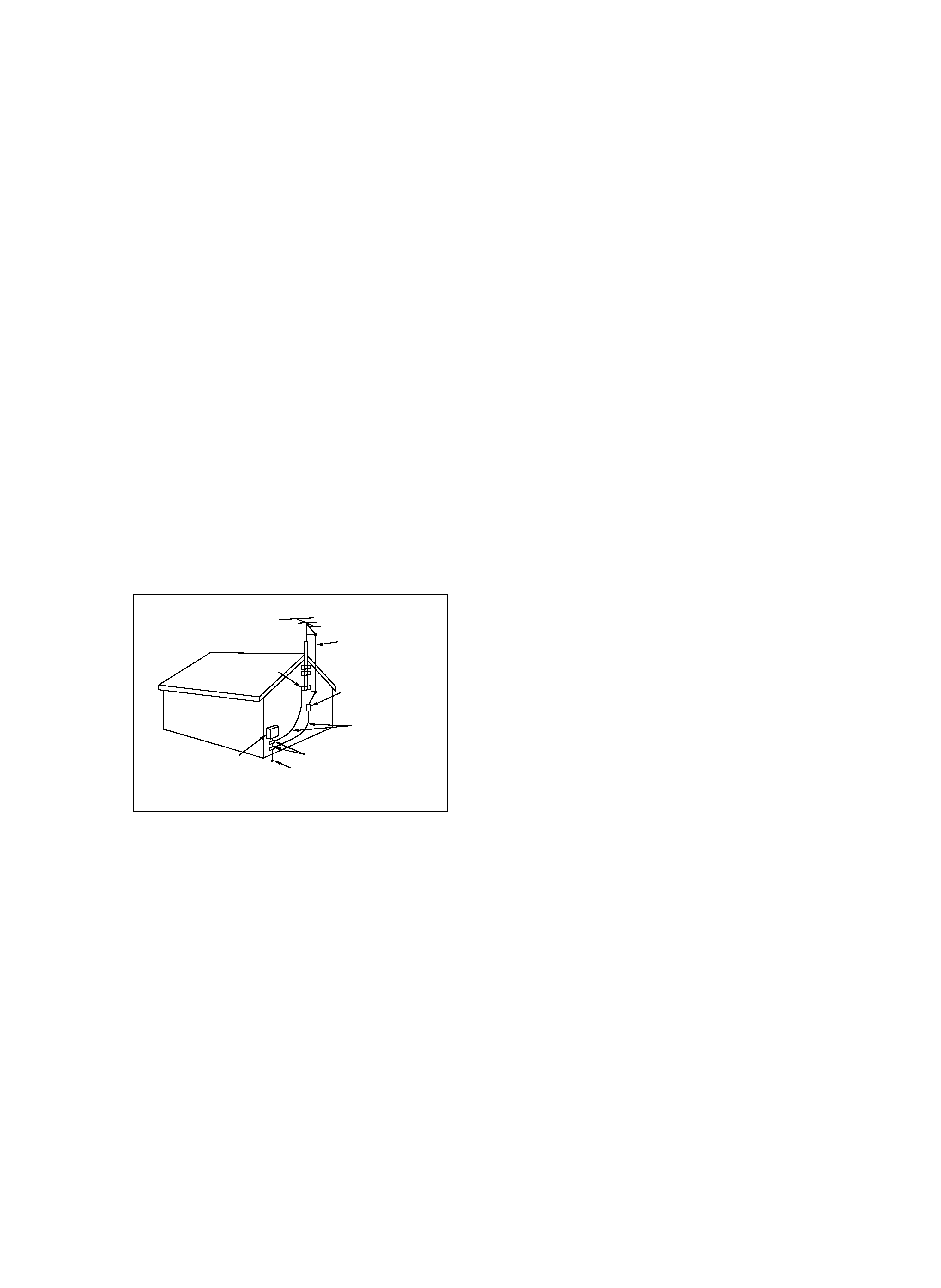
i
THANK YOU
Thank you for choosing this Kenwood TS-590S
transceiver. It has been developed by a team of
engineers determined to continue the tradition of
excellence and innovation in Kenwood transceivers.
This transceiver features a Digital Signal Processing
(DSP) unit to process IF and AF signals. By taking
maximum advantage of DSP technology, the TS-590S
transceiver gives you enhanced interference reduction
capabilities and improves the quality of audio. You will
notice the differences when you fight QRM and QRN.
As you learn how to use this transceiver, you will also
find that Kenwood is pursuing "user friendliness".
For example, each time you change the Menu No. in
Menu mode, you will see scrolling messages on the
display, telling you what you are selecting.
Though user friendly, this transceiver is technically
sophisticated and some features may be new to you.
Consider this manual to be a personal tutorial from the
designers. Allow the manual to guide you through the
learning process now, then act as a reference in the
coming years.
FEATURES
·
All mode operation from HF to 50 MHz amateur
radio band
·
500 Hz/ 2.7 kHz roofing filter
·
Superior C/N response by the DDS largely
decreases the noise of the undesired signal.
·
IF DSP through the adoption of 32-bit floating point
DSP
·
Digital Noise Blanker
·
PC interface via a Universal Serial Bus port
(B-type)
·
Drive output and RX only antenna connector
·
Direct band keys
·
Built-in Antenna Tuner for the HF/ 50 MHz band
·
100 W output power for SSB, CW, FSK, FM, and
25 W output power for AM.
NOTICE TO THE USER
One or more of the following statements may be
applicable for this equipment.
FCC WARNING
This equipment generates or uses radio frequency energy.
Changes or modifications to this equipment may cause harmful
interference unless the modifications are expressly approved
in the instruction manual. The user could lose the authority to
operate this equipment if an unauthorized change or modification
is made.
INFORMATION TO THE DIGITAL DEVICE USER REQUIRED
BY THE FCC
This equipment has been tested and found to comply with the
limits for a Class B digital device, pursuant to Part 15 of the
FCC Rules. These limits are designed to provide reasonable
protection against harmful interference in a residential
installation.
This equipment generates, uses and can generate radio
frequency energy and, if not installed and used in accordance
with the instructions, may cause harmful interference to radio
communications. However, there is no guarantee that the
interference will not occur in a particular installation. If this
equipment does cause harmful interference to radio or television
reception, which can be determined by turning the equipment off
and on, the user is encouraged to try to correct the interference
by one or more of the following measures:
·
Reorient or relocate the receiving antenna.
·
Increase the separation between the equipment and
receiver.
·
Connect the equipment to an outlet on a circuit different from
that to which the receiver is connected.
·
Consult the dealer for technical assistance.
BEFORE STARTING
Amateur radio regulations vary from country to
country. Confirm your local amateur radio regulations
and requirements before operating the transceiver.
Depending on the size and type of vehicle, the
maximum transmission output power for the mobile
operation will vary. The maximum transmission output
power is usually specified by the car manufacturer
to avoid interference with other electric devices used
in the vehicle. Consult your car manufacturer and
amateur radio equipment dealer for the requirements
and installation.
MARKET CODES
K-type: The Americas
E-type: Europe
The market code is shown on the carton box.
Refer to the specifications {page 81} for information
on the available operating frequencies.
Information on Disposal of Old Electrical and Electronic Equipment
and Batteries (applicable for EU countries that have adopted
separate waste collection systems)
Products and batteries with the symbol (crossed-out wheeled
bin) cannot be disposed as household waste.
Old electrical and electronic equipment and batteries should
be recycled at a facility capable of handling these items and
their waste byproducts.
Contact your local authority for details in locating a recycle
facility nearest to you.
Proper recycling and waste disposal will help conserve
resources whilst preventing detrimental effects on our health
and the environment.
Firmware Copyrights
The title to and ownership of copyrights for firmware embedded
in Kenwood product memories are reserved for JVC KENWOOD
Corporation
.












